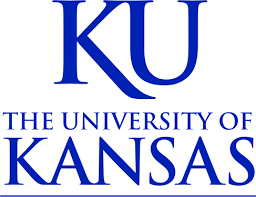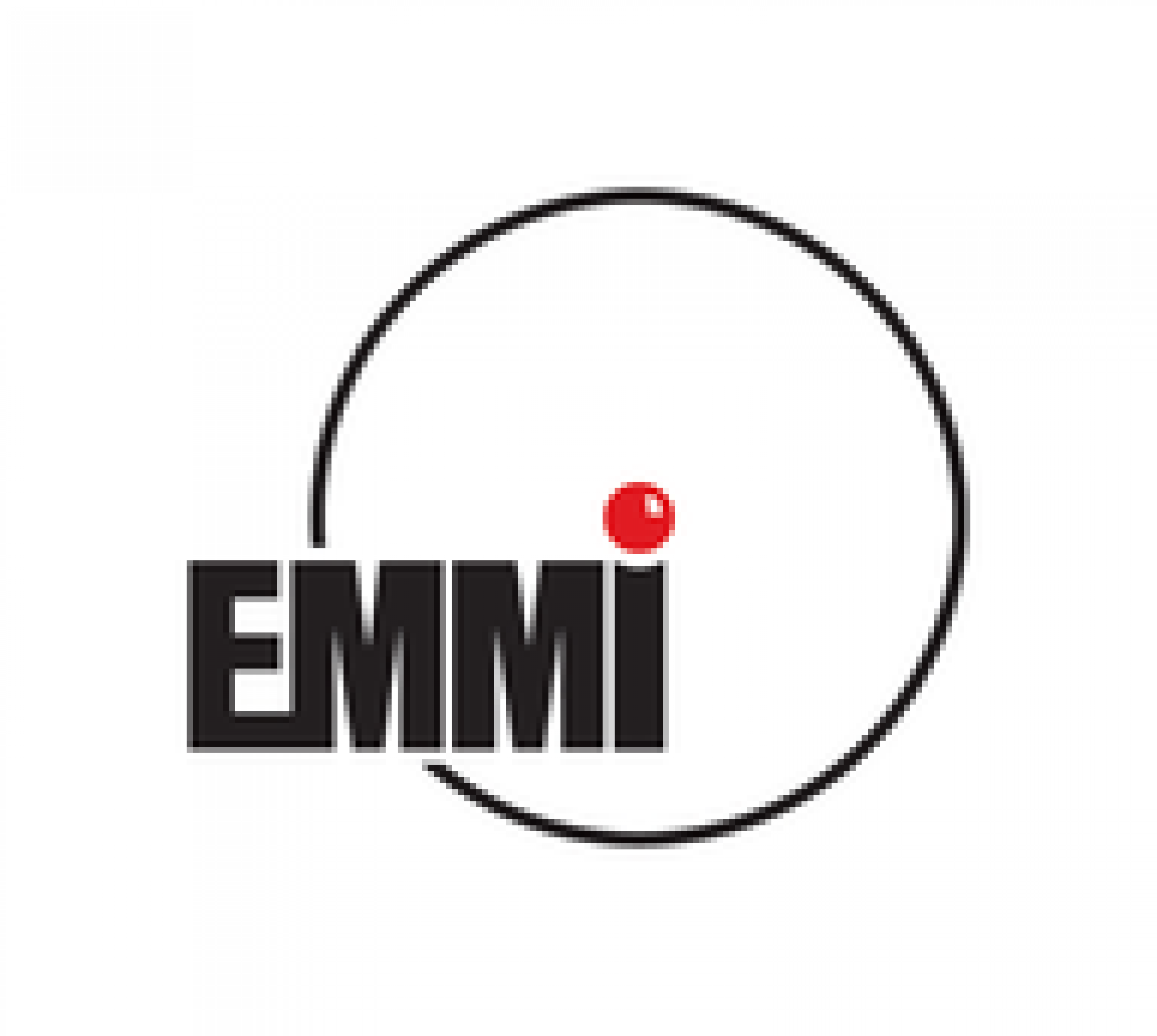Low-x 2019
Nicosia, Cyprus
The purpose of the Low-x workshop is to stimulate discussions between experimentalists and theorists in diffractive hadronic physics, QCD dynamics at low-x, parton saturation and exciting problems in QCD at HERA, Tevatron, LHC, RHIC and the future EIC.
The conference venue will be at hotel The Landmark Nicosia Hotel (formerly Hilton Hotel) in Nicosia, Cyprus, from August 26th in the morning to August 31st at lunch time. Sessions will take place in room ``Akamas'', at the end of the hallway on the right-hand side from the entrance of the hotel. In order to benefit from special prices at the hotel for the conference the promo code will be indicated soon in this webpage. In addition to the registration for the workshop, please book directly your room at the hotel webpage.
The registration fee will be 300 Euros for participants of the workshop, and 100 Euros for companions. The registration fee can be paid with cash or together with the cost of Landmark Hotel. The fees cover all lunches, coffee breaks and the workshop dinner as well as a one-day tour on Wednesday in Cyprus and an afternoon tour in the Mountains on Thursday before the workshop dinner.
The Wednesday tour includes a visit to Chirokitia (the palaiolithic settlement), the roman theater of Kourion after Lemessos, Aphrodite’s birth place, the mosaics and the kings tombs, Latsi for lunch, afternoon in Paphos' old port, and on the way back a stop at Lefkara, return around 7:30 PM at Nicosia, Cyprus.
The Thursday tour includes a visit to the most famous monastery of Cyprus (Kykkos monastery), a stop on a village named Kakopetria (there is a church there in the UNESCO heritage) and also a stop on the village of Kalopanayiotis (there is another church there); people can walk around or go to a cafe.
Low-x is an annual workshop whose spirit is to favour fruitful and informal discussions between experimentalists and theorists in low-x, diffractive hadronic physics and exciting problems in QCD at HERA, Tevatron and LHC. Low-x has been held since DESY (1993), then Saclay (May 1994), Cambridge (July 1995), Durham (June 1996), Madrid (June 1997), Berlin (June 1998), Tel Aviv (June 1999), Oxford (July 2000), Cracow (June 2001), Antwerpen (September 2002), Nafplio (June 2003), Prague (September 2004), Sinaia (June 2005), Lisbon (June 2006), Helsinki (September 2007), Crete (July 2008), Ischia (September 2009), Kavala (June 2010), Santiago de Compostela (June 2011), Cyprus (June 2012), Eilat (June 2013), Kyoto (June 2014), Sandomierz (September 2015), Gyongyos (June 2016), Bisceglie (June 2017) and Reggio Calabria (August 2018).
The Workshop is organized and sponsored by the University of Kansas, the University of Cyprus, ExtreMe Matter Institute at GSI (EMMI) and CERN
|
|



